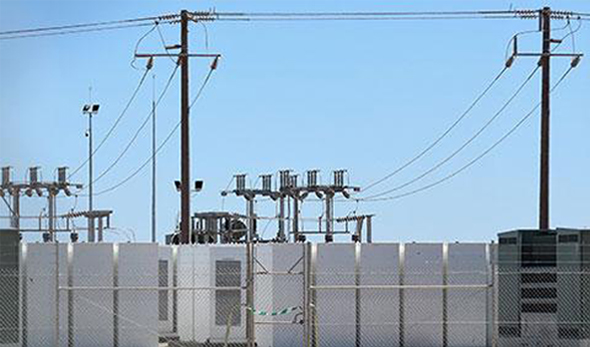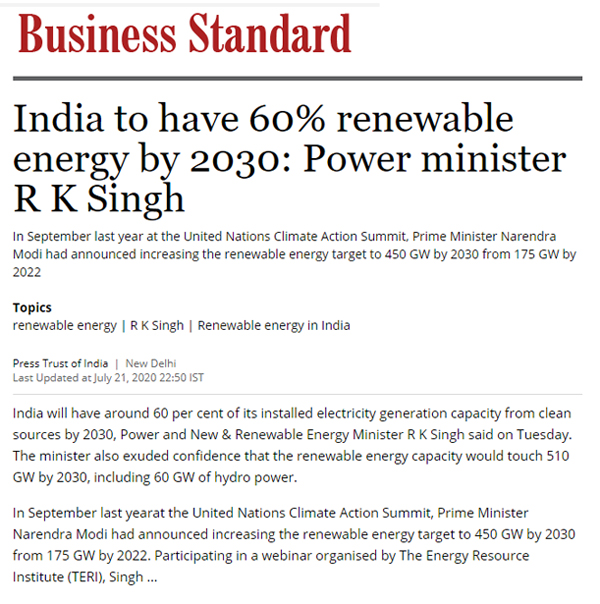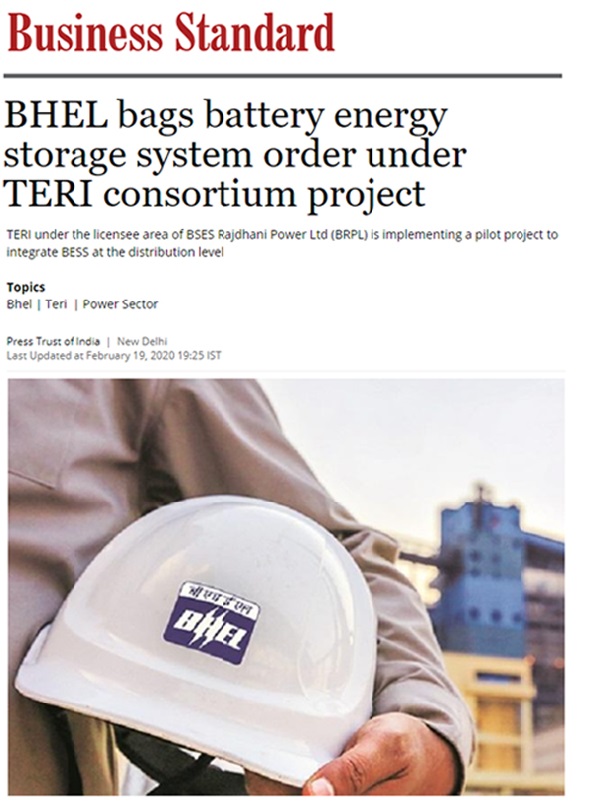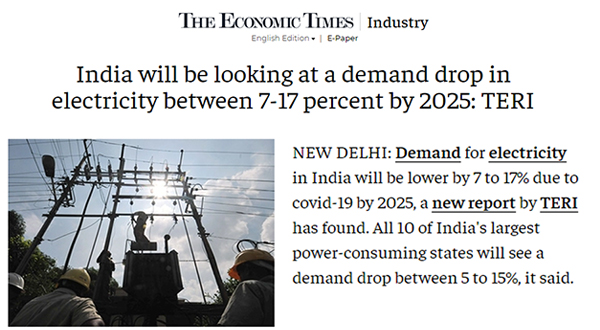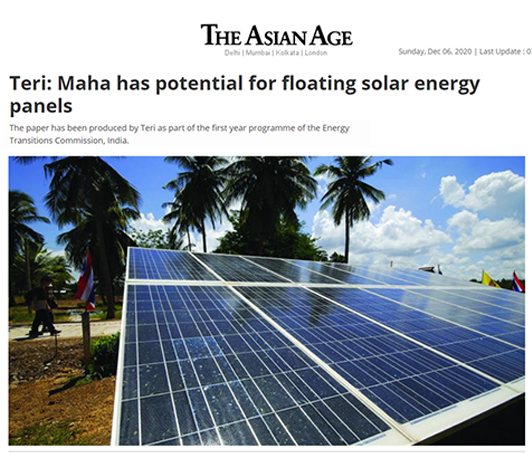At the 2019 UN Climate Summit, Prime Minister Narendra Modi had announced the doubling of India’s renewable energy target to 450 GW by 2030. However, with the slowing down of the economy in the wake of the Covid 19 pandemic, the question remains – how will
we get there?
We attempted to provide answers through our report ‘Renewable Power Pathways: Modelling the Integration of Wind and Solar in India by 2030’. Drawing from state-of-the-art modelling exercises,
the report concluded that India can achieve generation shares of
variable renewables greater than 30% by 2030 and over 45% if we
include hydro and nuclear power. This can be achieved at no extra
system cost provided that a comprehensive portfolio of options is
deployed in order to increase the flexibility of the power system.




